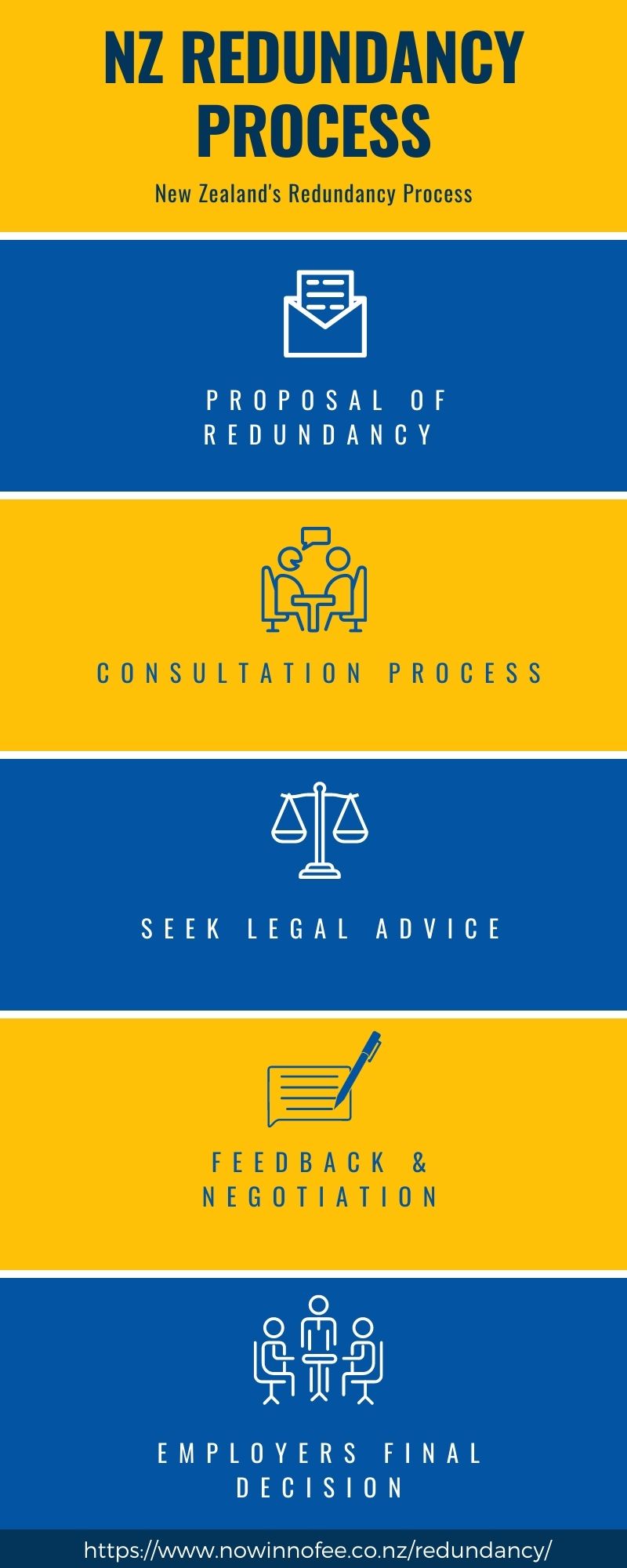Discussed: If a Company Goes Bust Who Pays Redundancy in the UK?
Wiki Article
Checking Out the Operational Dynamics of Company Redundancy and Its Long-Term Sustainability

Redundancy Approaches for Service Continuity
In order to make sure continuous procedures, businesses need to apply effective redundancy methods for business continuity. Redundancy in this context refers to the replication of critical elements or features within a system to minimize the impact of prospective failings. By including redundancy strategies, organizations can improve their strength versus disruptions brought on by different variables such as natural disasters, devices failings, or cyber-attacks.
One usual redundancy approach is the implementation of backup systems and data storage options. This entails creating duplicates of vital information and systems that can be activated in case of a primary system failure. Additionally, organizations can establish redundant communication channels and source of power to maintain connectivity and operations during unexpected events.
In addition, cross-training workers to execute several functions within the business can act as a useful redundancy technique. If crucial personnel are unavailable due to illness or other reasons, this ensures that crucial jobs can still be lugged out even. In general, effective redundancy strategies are essential for organizations to maintain operational connection and lessen the effect of potential disturbances.
Effect of Redundancy on Organizational Strength
Given the critical duty redundancy techniques play in guaranteeing organization continuity, exploring the effect of redundancy on organizational strength becomes vital for understanding the alternative operational characteristics of a company. Business resilience describes an entity's ability to adapt to disruptions, recuperate from troubles, and transform when essential while maintaining core features. Redundancy, when strategically applied, can substantially add to improving an organization's strength when faced with unanticipated difficulties. By having backup systems, personnel, or processes in position, companies can better withstand shocks and proceed procedures with minimal interruption.Moreover, redundancy can reinforce worker morale and confidence, understanding that there are contingency plans in position to attend to unanticipated conditions. This complacency can lead to increased productivity and a more positive work environment. Additionally, redundancy can foster innovation and creative thinking within a company as staff members really feel equipped to take calculated risks, knowing that there is a safeguard to sustain them in instance of failure. In general, the impact of redundancy on business strength is profound, shaping the long-term sustainability and success of a company.
Balancing Performance and Versatility in Redundancy
Accomplishing an unified balance between functional efficiency and flexible flexibility is a crucial difficulty in the strategic release of redundancy within companies. Effective procedures are important for maintaining performance and cost-effectiveness, guaranteeing that sources are used ideally. Nevertheless, too much emphasis on effectiveness alone can lead to rigidness, making it difficult for organizations to adjust to unforeseen modifications or challenges. On the various other hand, adaptability allows published here companies to react nimbly to developing conditions, fostering advancement and strength. Yet, excessive versatility without a strong operational foundation can lead to inadequacies and inconsistency.To balance effectiveness and versatility in redundancy planning, companies should thoroughly additional resources assess their functional requirements, market dynamics, and critical objectives. Ultimately, finding the appropriate stability between effectiveness and adaptability is important for developing a lasting and durable company in the face of uncertainty.
Long-Term Sustainability Through Redundancy Planning
To guarantee long-lasting stability and security, organizations should strategically align their redundancy preparation with lasting sustainability objectives, thus balancing operational effectiveness with flexible flexibility. Companies should watch redundancy not as a reactive service to prompt problems however as a positive strategy for long-term success.
Positive Procedures for Lasting Company Workflow
Just how can firms proactively enhance their operational sustainability for long-term success? Executing proactive steps is crucial for companies intending to guarantee lasting procedures. One vital method is to purchase modern technology and development to simplify processes, decrease waste, and stay affordable on the market. Adopting sustainable methods such as minimizing power intake, decreasing carbon impact, and maximizing source utilization can not only profit the setting yet also lead to set you back financial savings in the future.Furthermore, cultivating a society of constant enhancement and knowing within the organization can boost flexibility to altering market conditions and customer needs. Urging worker involvement in decision-making procedures and giving chances for professional development can enhance spirits, productivity, and total efficiency. Developing clear goals, keeping track of key efficiency indicators, and frequently assessing progress are essential elements of proactive sustainability monitoring.
Collaborating with distributors, customers, and various other stakeholders to promote lasting practices throughout the supply chain can create a causal sequence i was reading this of favorable impact - redundancy pay if company goes bust. By taking aggressive steps in the direction of operational sustainability, companies can develop resilience, drive technology, and protect their lasting success in an ever-evolving company landscape
Conclusion

In the world of business administration, the calculated implementation of company redundancy stands as a pivotal yet intricate method that requires a delicate balance in between functional performance and lasting viability. By exploring the functional dynamics that underpin company redundancy and assessing its wider implications for business strength and versatility, a nuanced understanding of just how redundancy techniques can form the future trajectory of a business starts to unfold.Given the important role redundancy methods play in guaranteeing organization continuity, checking out the influence of redundancy on organizational durability comes to be necessary for understanding the alternative functional dynamics of a company. Generally, the influence of redundancy on organizational durability is extensive, forming the long-term sustainability and success of a business.
In verdict, understanding the operational dynamics of business redundancy is critical for ensuring long-lasting sustainability.
Report this wiki page